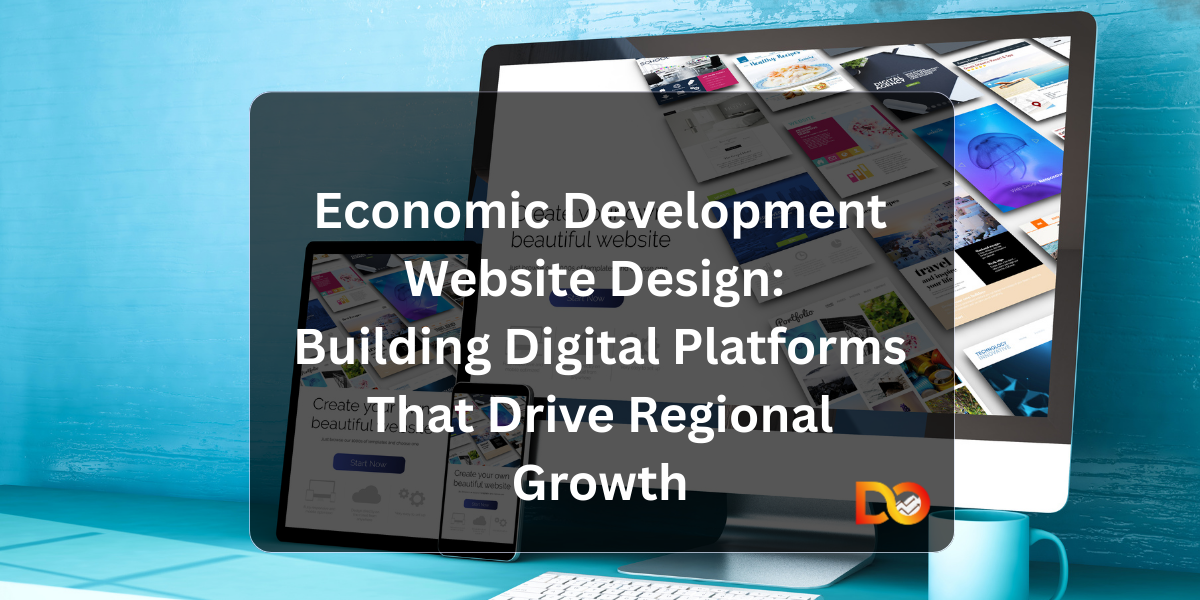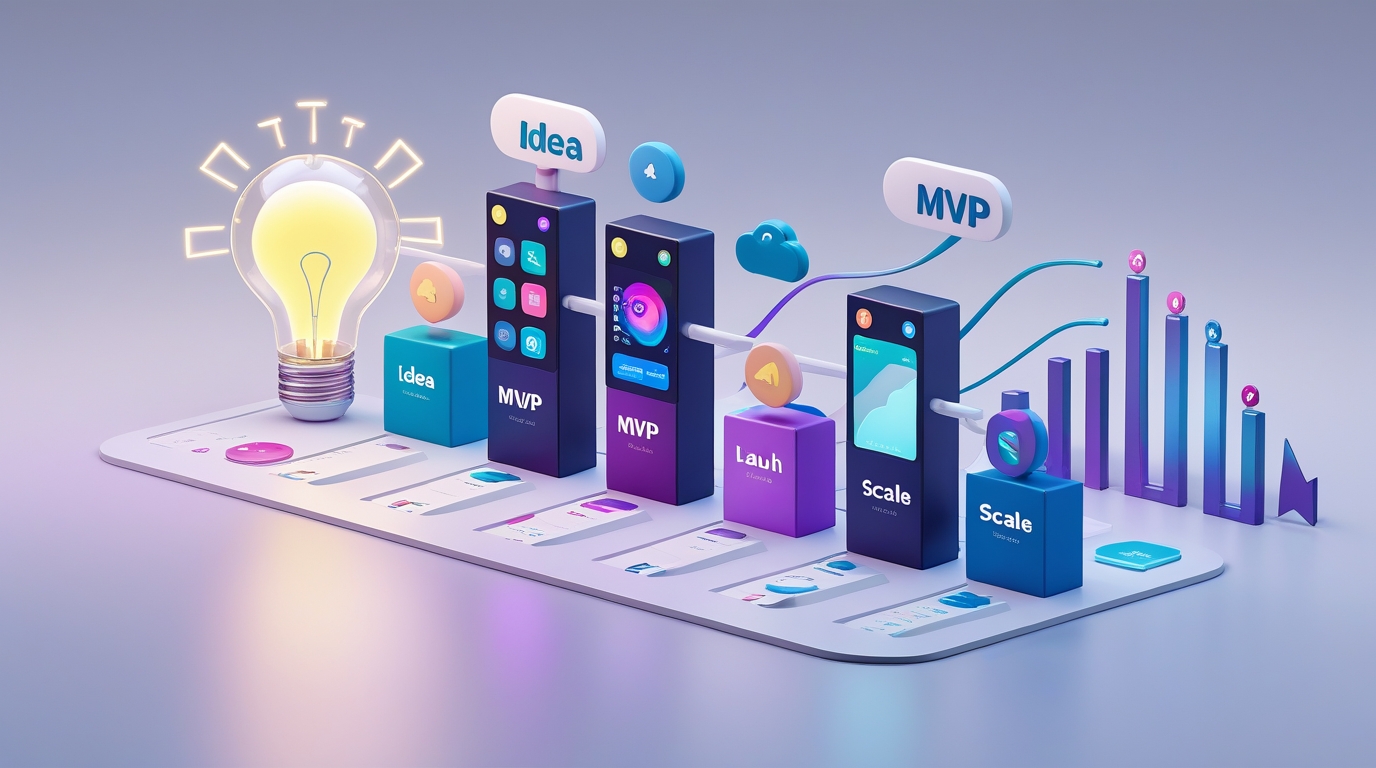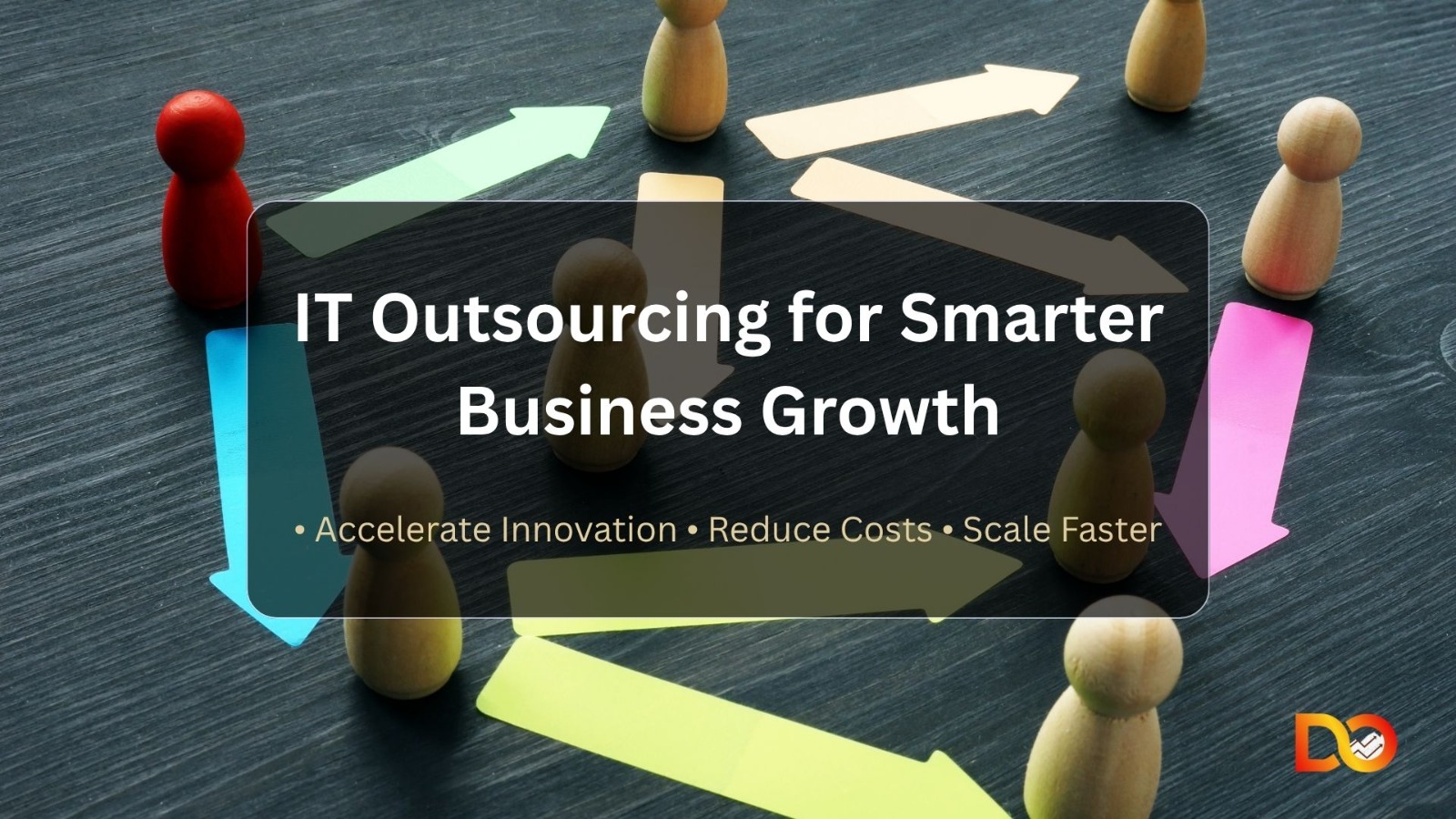In today’s competitive global economy, economic development website design has become a cornerstone strategy for regions seeking to attract investment, retain businesses, and foster sustainable growth. Economic development organizations (EDOs) must leverage sophisticated web platforms that showcase regional advantages while providing comprehensive resources for businesses, investors, and entrepreneurs.
Understanding the Economic Development Digital Landscape
Modern economic development website design extends far beyond basic promotional content. Today’s platforms serve as comprehensive business intelligence hubs that connect multiple stakeholders, facilitate investment decisions, and provide real-time economic data. These websites must balance the needs of diverse audiences including site selectors, investors, entrepreneurs, existing businesses, and community leaders.
Core Industry Requirements for Economic Development Websites
Investment Attraction Capabilities
Economic development organizations require websites with sophisticated property databases, demographic analytics, and incentive calculators that help businesses evaluate location opportunities. These platforms must present complex economic data in accessible formats while maintaining professional credibility.
Multi-Stakeholder Communication
Effective economic development website design must accommodate various user types including corporate executives, real estate developers, small business owners, and government officials. The platform should provide personalized experiences and relevant information pathways for each stakeholder group.
Data Integration and Analytics
Economic development websites must incorporate real-time economic indicators, employment statistics, demographic data, and market intelligence. Integration with regional databases, census information, and economic modeling tools provides visitors with comprehensive location intelligence.
Resource Management Systems
These platforms require sophisticated content management capabilities to handle property listings, business directories, regulatory information, and program databases while maintaining accuracy and currentness across thousands of data points.
Common Industry Challenges and Digital Solutions
Challenge 1: Complex Information Architecture
Problem: Economic development organizations manage vast amounts of diverse information that can overwhelm visitors and obscure key messages. Solution: Strategic economic development website design employs user-centered information architecture with intelligent filtering, personalized dashboards, and guided navigation paths based on visitor intent.
Challenge 2: Outdated Economic Data
Problem: Static websites present outdated statistics that undermine credibility and decision-making capabilities. Solution: Automated data integration systems pull real-time information from government databases, ensuring visitors always access current economic indicators and demographic statistics.
Challenge 3: Limited Stakeholder Engagement
Problem: Traditional websites fail to capture leads or maintain ongoing relationships with potential investors and businesses. Solution: Interactive features including custom location reports, incentive calculators, and CRM integration enable continuous engagement and relationship building.
Challenge 4: Competitive Positioning Gaps
Problem: Generic presentations fail to differentiate regions from competitors or communicate unique value propositions effectively. Solution: Strategic content architecture and visual storytelling highlight competitive advantages while providing comparison tools that demonstrate regional benefits.
Categorizing Economic Development Websites: From Informational to SaaS
Basic Informational Websites
Entry-level economic development websites provide fundamental regional information, contact details, and static resources. These solutions typically cost $10,000-$25,000 and include responsive design, basic content management, and search engine optimization for regional keywords.
Enhanced Promotional Platforms
Mid-tier economic development website design incorporates interactive maps, property databases, and lead generation systems. Investment ranges from $25,000-$75,000, including customer relationship management integration, automated email marketing, and mobile-optimized experiences.
Comprehensive Business Intelligence Platforms
Advanced solutions feature real-time economic dashboards, site selection tools, and multi-tenant business portals. These investments range from $75,000-$200,000, including custom database integration, advanced analytics, and personalized user experiences.
Regional SaaS Ecosystems
Full-scale economic development website design creates multi-regional platforms serving multiple EDOs with shared resources and collaborative tools. These solutions require $200,000+ investment and include subscription management, white-label capabilities, inter-regional networking features, and advanced business intelligence tools.
Essential Features for Modern Economic Development Websites
Interactive Site Selection Tools
Advanced mapping interfaces with layered data visualization enable users to analyze demographics, infrastructure, workforce statistics, and competitive landscape information simultaneously.
Business Intelligence Dashboards
Real-time economic indicators, employment trends, and market analysis provide visitors with current intelligence needed for informed decision-making.
Incentive Management Systems
Automated calculators help businesses evaluate potential tax benefits, grants, and other economic incentives while streamlining application processes.
Stakeholder Relationship Management
Integrated CRM systems track visitor engagement, manage lead nurturing campaigns, and coordinate follow-up activities across multiple team members.
Implementation Strategies for Economic Development Organizations
Content Strategy Development
Successful economic development website design begins with comprehensive content audits and stakeholder interviews to identify key messages, user journeys, and competitive positioning opportunities.
Partnership Integration
Websites must seamlessly connect with regional partners including utilities, workforce development boards, educational institutions, and transportation authorities to provide comprehensive location intelligence.
Performance Measurement
Advanced analytics track not only website traffic but also lead quality, conversion rates, and economic impact metrics that demonstrate return on investment.
Continuous Optimization
Regular user testing, content updates, and feature enhancements ensure websites remain competitive and continue meeting evolving stakeholder needs.
Future Trends in Economic Development Website Design
Artificial Intelligence Integration
AI-powered chatbots, predictive analytics, and automated matching systems help connect businesses with optimal locations while providing 24/7 support for website visitors.
Virtual Reality Experiences
Immersive technology enables remote site visits, virtual facility tours, and enhanced property visualization that reduces time-to-decision for location selections.
Blockchain Documentation
Distributed ledger technology streamlines regulatory compliance, property transactions, and incentive program management while enhancing transparency and trust.
Measuring Success in Economic Development Website Design
Lead Generation Metrics
Successful platforms generate qualified inquiries from businesses actively considering location decisions, with conversion tracking through the entire business attraction pipeline.
Economic Impact Measurement
Advanced economic development website design includes systems for tracking website-generated projects, jobs created, and investment dollars attracted to demonstrate tangible community impact.
Stakeholder Satisfaction
Regular feedback collection and usability testing ensure websites continue serving diverse user needs while maintaining high satisfaction scores across all stakeholder groups.
Conclusion
Economic development website design represents a strategic investment that can significantly impact regional competitiveness, business attraction success, and community economic growth. Success requires understanding diverse stakeholder needs, implementing appropriate technology solutions, and maintaining current, accurate information that supports business decision-making processes.
Organizations that invest in comprehensive digital platforms today position themselves as forward-thinking, business-friendly communities ready to support economic growth and development initiatives.
Ready to Transform Your Regional Economic Development?
Accelerate your region’s growth with professional economic development website design solutions tailored to attract investment and support business expansion. DevOptiv specializes in creating powerful, data-driven platforms that showcase regional advantages and convert visitors into economic development opportunities.
Contact DevOptiv today to discuss your economic development website design project and discover how we can help you build the digital infrastructure needed to drive sustainable regional growth and business attraction success.







